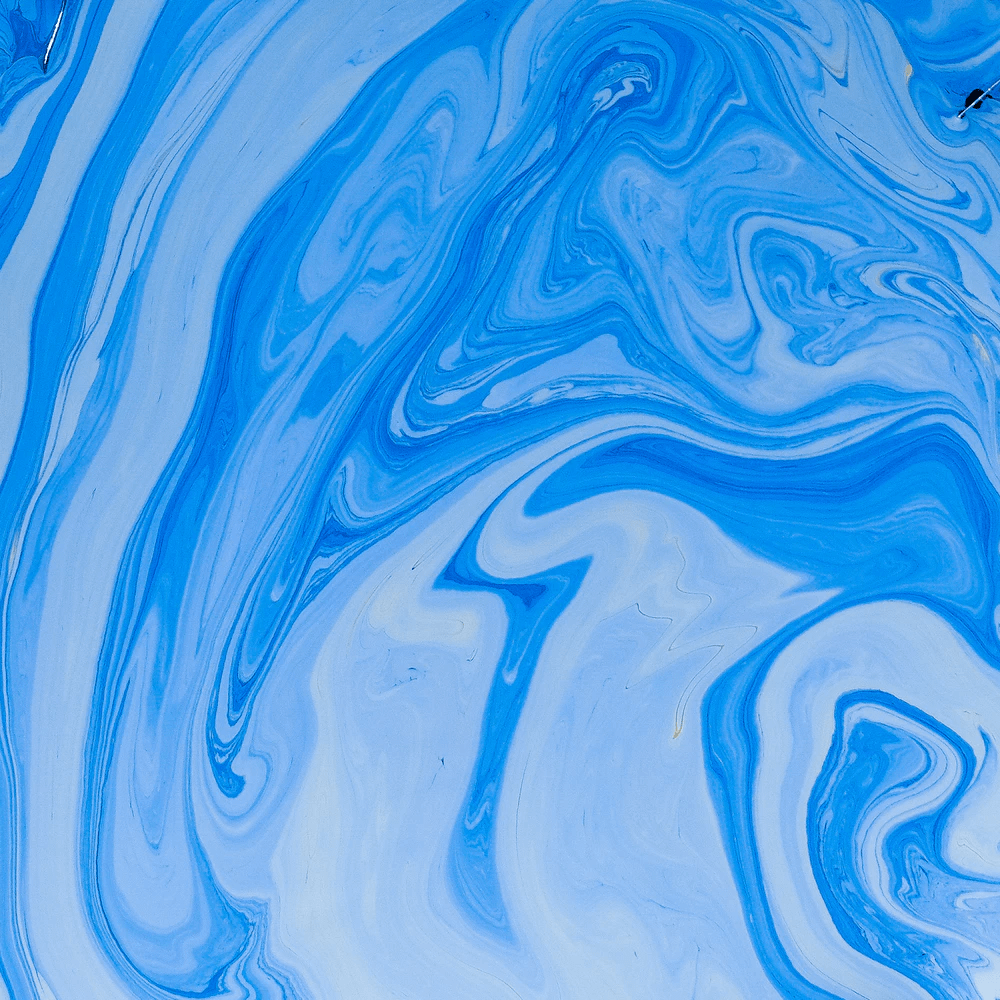
Muir Snorkeling
With Wiremu Green
The my refection of my trip
So from the get go I learned how to snorkel properly so I don’t drown because my teacher would have to do a lot of paperwork. so my first couple of lesson I learned safe Safe snorkel and its an acronym it should be somewhere on my eportfolio some of the positive of the trip that I was with my friend and I could have fun with them and to also make more friendships on the way anther one is that I went to Rotto because I have only be once before.
New Skills
I have made some new skills will I went snorkeling with my class I have improved my snorkeling in the process of going and putting a lot of effort into this because it is a fun thing that I enjoyed doing it with my buddy. I have also improved my organized skill on being on time so I don’t miss the bus so I can’t go or forget my hat. My integrity to not show of is pretty good because I would say that I have a timid personality when I am not talking to someone. I am good at making new relationships with people that I am not familiar with like at the shops or at AW or other places like that
The development of my capabilities
effective communication: An aspect I need to improve on is effective communication, as I need to learn how to be confident to talk to my group member and to help my group if they are confused.
leadership: I need to be more confident so I am able to take action to help my group and or to lead them to the right place and make sure to listen to everyone in the group.
Organised: I was late for one of the trips to jorgensen park so I should be ready for it a day before and to make sure that I tell my mum so I know that I can get to the train station on time
Stuff that I needed for the trip
Water Bottle, Food, School hat, Snorkel set, Swim wear, Bag, Change of clothes, Bag to put wet clothes in, Beach towel, Shoes and a happy mood
Safe snorkel
Safety – behave maturely
Accidents – any cuts or scratches or even reef cuts
First Aid – Staff members ONLY to administer
Emergency – on going hoots – straight to collection point on beach and look for your buddy
Sun – wear hats & sunscreen – repeat application after swimming
Nourishment – eat & drink regularly to avoid hypothermia
Ocean – don’t enter the water without direction from staff
Reef – reef are sharp – don’t swim too the reef and “no touch” on all dives
Keep together – always swim too close to your buddy and keep in sight
Environment – keep warm (wear wetsuit) – inform buddy
Leave no trace – continually monitor the area for rubbish
History
After separating from the mainland, the island remained uninhabited until 13 Dutch sailors from the Waeckende Boey landed near Bathurst Point on the 19 March 1658. This marked the beginning of the European exploration and settlement on the island. In 1696, Dutch captain Willem de Vlamingh spent 6 days exploring the island before giving it the name ‘t Eylandt ‘t Rottenest (“Rats’ Nest Island”)
A couple hundred years later, William Clarke and Robert Thomson received land grants from the British Swan River Colony for pastureland and town lots to be built on the island. In 1831 Thomson moved his family to the island and began building up the island’s main settlement at Thompson Bay.
History of the Noongar Aboriginal time
Rottnest Island’s history extends as far back as 50,000 years ago, when it was still connected to the mainland of Western Australia. Aboriginal artifacts suggest there was significant human occupation until ~7,000 years ago when the rising sea levels resulted in the separation of the island. Without boats Aboriginal people on the mainland weren’t able to make the crossing, leaving the island uninhabited for the next several thousand years.
Rottnest Island features in Noongar Aboriginal mythology as Wadjemup, meaning “place across the water where the spirits are”.